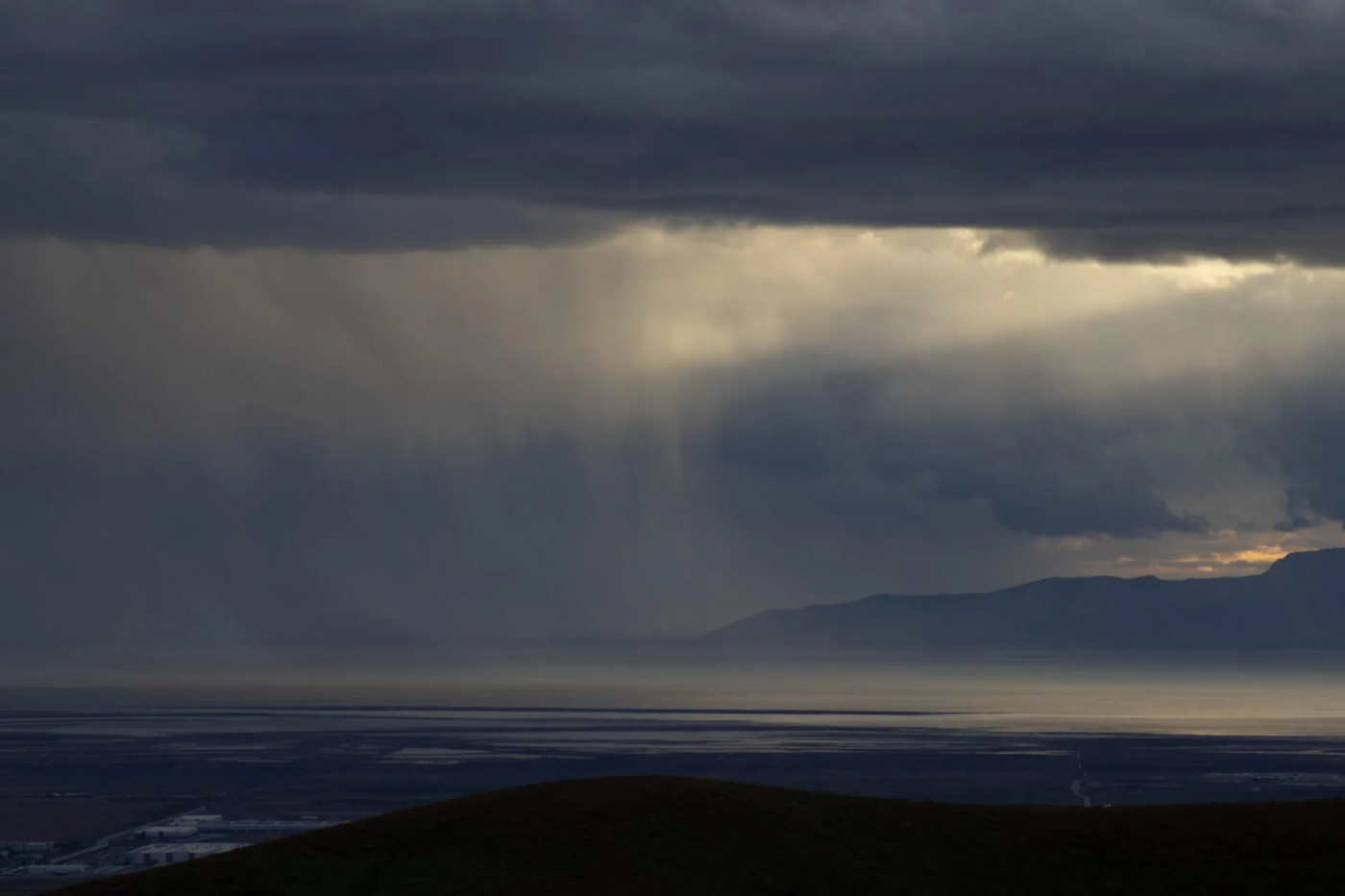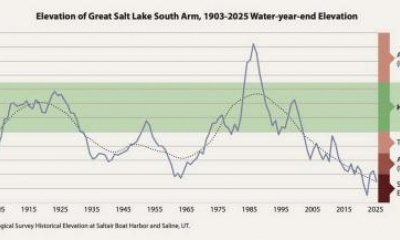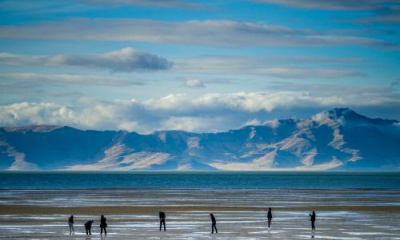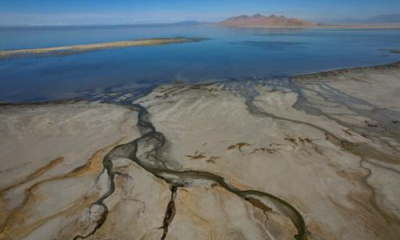The Great Salt Lake has again dropped to a new historic low.
The U.S. Geological Survey and the Utah Division of Natural Resources report that measurements gathered Sunday showed an average daily surface water elevation of 4,190.1 feet — a new low in the lake’s recorded history dating back to 1847. The lake is predicted to shrink even further in the coming weeks and months.
Scientists have been warning of a tipping point for the lake where an increase in salinity due to low water levels leads to a cascading collapse of the ecosystem. That could spell disaster for algae, the brine shrimp and brine flies that feed on that algae, and the millions of migratory birds that use those brine shrimp and flies as a crucial protein source.
Today on “In the Hive,” a conversation about the drying up and too-salty Great Salt Lake.
Guest: Dr. Bonnie Baxter, a biologist and director of Great Salt Lake Institute at Westminster College.








